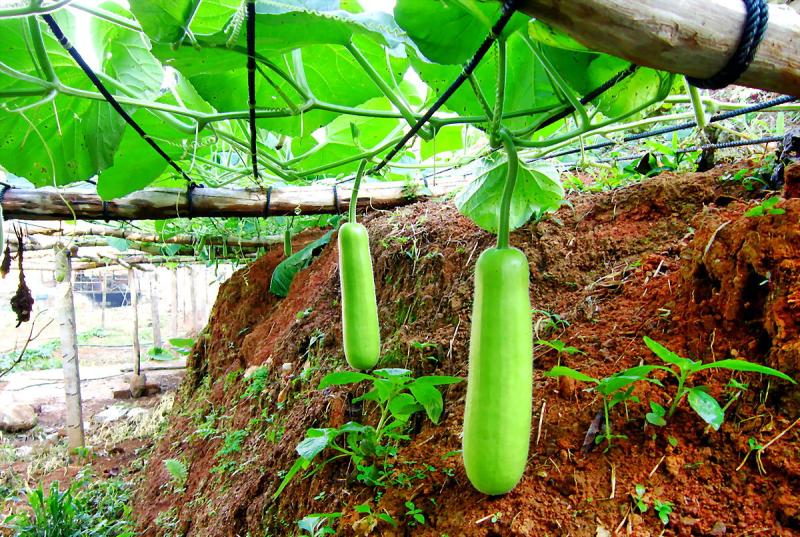
Like other members of the Cucurbitaceae family, gourds contain cucurbitacins that are known to be cytotoxic at a high concentration. The tetracyclic triterpenoid cucurbitacins present in fruits and vegetables of the cucumber family are responsible for the bitter taste, and could cause ulcers in the stomach. In extreme cases, people have died from drinking the juice of gourds. The toxic cases are usually due to the gourd being used to make juice, which the drinkers attested to being unusually bitter. And in the three lethal cases, the victims were all diabetics in their 50s and 60s.
However, the plant is not normally toxic when eaten and is safe to consume. The excessively bitter (and toxic) gourds are due to improper storage (temperature swings or high temperature) and over-ripening.
To avoid poisoning, it is advised to:
- Taste a small piece of the gourd to make sure it is not unusually bitter, before making juice
- Discard all excessively bitter gourd or juice
- Do not mix the juice of gourds with other juices, such as that of bitter gourd, so as not to mask the taste if it has gone bad
